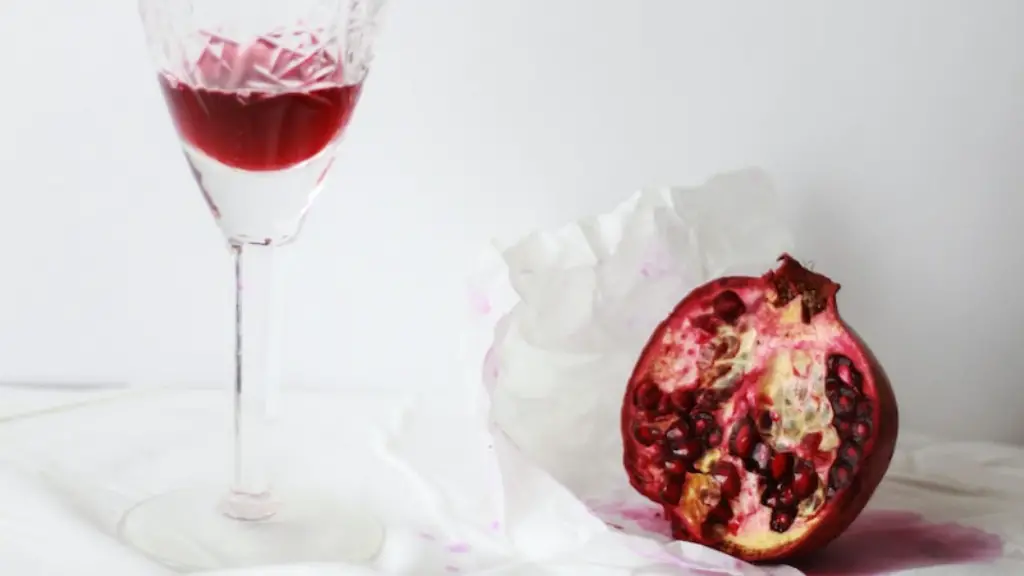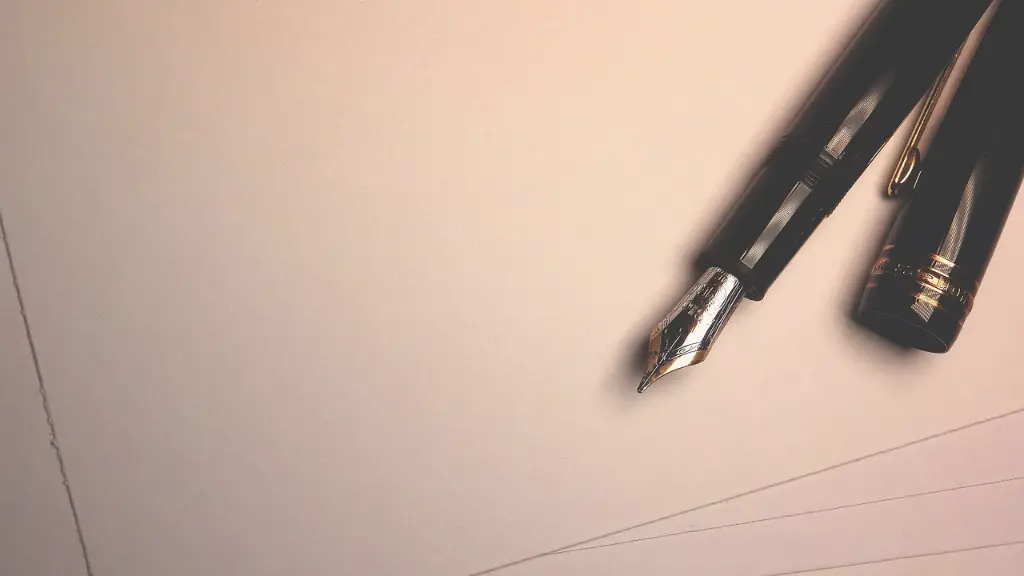Rhyming schemes are one of the defining features of poetry, adding texture and form to the written word. Rhymes form a structure and rhythm to a poem, often evoking memories and emotions, uniting words to create an aural and visual experience for the reader. Rhymes are also used to provide structure to stories, songs and plays. Rhymes in poetry can be used to draw attention to particular words, to emphasize them or to link them to others. In this article, we will explore what a rhyming scheme is, how it works and how it affects the overall effect of the poem.
The simplest definition of a rhyme scheme is the way lines of words, phrases, or sentences within a poem correspond to one another regarding their ending sounds. In particular, rhymes occur when the same vowel sound and consonant sound are used in the last syllable of a line. For instance, if one line ends with “rain” and the next line ends with “pain,” then these two lines rhyme. In poetry, this is known as an “internal” rhyme. Conversely, “end” rhymes are when two words are located at the end of two separate lines. For example, if one line ends with “choice” and the next line ends with “voice,” then these lines have end-rhyme.
A rhyme scheme is a pattern created when certain lines in a poem rhyme with each other. Poets use rhyme schemes to give their poems a memorable quality, pointing readers to the lines that rhyme so that they can be more easily identified. Rhyme schemes are often indicated by letters. For example, if the first line rhymes with the third line, they could both be assigned the letter “A”, while the second and fourth lines might be given the letter “B”. This form is known as an ‘ABBA’ rhyme. In this way, the entire poem would take on an ‘ABCBA’ pattern. A rhyme scheme is not the same thing as a metrical pattern, or a specific pattern of rhythms and syllables. Rhyme schemes are a tool used by readers to help them understand and identify with a poem.
In most poetry, the rhyme scheme is easy to identify because there is usually a clear pattern. However, not all poems have a rhyme scheme. For example, many modernist poets abandoned traditional rhyme schemes altogether and instead relied on free verse and other forms of non-rhyming poetry to express their thoughts and ideas. Additionally, some poets may choose to use more subtle forms of rhyme. If a poet chooses to use this type of rhyme, they are known as employing a “slant rhyme.” This is when two words have similar, but not exact, sounds.
In addition to making a poem easier to remember and recognize, rhyme schemes can also give a poem structure. Philosopher and literary theorist, Roman Jakobson, believed that rhyme could be used to create a rhythm or pattern for a poem. This pattern would then be used to guide the reader through the poem in a logical manner, emphasizing important words and phrases, and creating a framework for the reader to appreciate the poem’s message.
The Purpose of Rhyming
Rhyme is one of the most effective ways to give a poem its musicality and make it more memorable for the reader. It can also be used to emphasize or highlight important words or ideas in the poem. For example, if a poem is devoted to the passing of time, a skilled poet might use end-rhyme to draw attention to the idea of time running out. If a poem is focused on love, then a poet might use internal rhyme to express deeper emotions. Rhyme can also be used to convey humor or lightheartedness.
Examples of Rhyming Schemes
One of the most popular and enduring rhyme schemes is the Shakespearean sonnet, which has a rhyme scheme of ABAB CDCD EFEF GG. This is known as a heroic or Elizabethan sonnet and the rhyme scheme makes it easier for readers to recognize and remember the poem. Other poets, such as Langston Hughes, Wilfred Owen, and Emily Dickinson, developed their own distinct rhyme schemes to express their ideas and emotions.
Advancing Rhyme Schemes
In addition to traditional rhymes, there are also more creative or advanced rhyme schemes. One example is the “White Broom” technique, which was popularized by W.H. Auden. This scheme states that each line should have a unique rhyme. This type of rhyme scheme can be useful if a poet is trying to convey complex ideas or emotions that need more time to be understood. Similarly, the “Chain” technique requires all the lines of a poem to rhyme in a single chain of consecutive rhymes.
The Impact of Rhyme on Poetry
Most poems use rhyme in some shape or form as it is an effective way to add emphasis to particular words or themes, and to maintain a consistent rhythm in the poem. It is also an immediately identifiable feature of a poem, which can be helpful when introducing new ideas or expressing complex ideas. However, it is important to note that not all poems need to adhere to a rhyme scheme, and some of the most effective poems do not use traditional rhymes.
Unconventional Rhyme Schemes
Rather than following traditional rhyme schemes, some poets may opt to use more unusual or unconventional rhyme schemes. This can take the form of half-rhymes, where the end consonant of the words rhyme, even if their vowels do not. Another example is off-Rhymes, where two words that do not technically rhyme still sound similar. Finally, two words may rhyme if their endings or beginnings sound similar. This is known as assonance or alliteration and is most commonly used in songs, stories and plays.
Conclusion
From traditional sonnets and poems to modern songs, rhyming schemes are a creative way to add structure, emotion, and flow to the written word. Rhyme schemes can be used to emphasize certain words or create a rhythm for the poem. Some poets may choose to not use a rhyme scheme at all, while others may opt for more advanced or unconventional rhyme schemes. Rhyme is an important component of poetry and once understood, can be a powerful tool for poets.


